The Importance of Oracy for Boosting Children’s Literacy
‘The limits of my language are the limits of my mind. All I know is what I have words for’
—Wittgenstein, Tractatus Logico Philosophicus

If you were to walk through the classrooms of Dulwich College Shanghai Puxi on any given day, you would hear the voices of students of all ages engaged in a variety of different types of talk: discussing, presenting, persuading, collaborating and debating. Oral communication, or oracy, is a vital component of teaching and learning, and with a wealth of academic evidence supporting this approach, it is clear to see why oracy has such a strong focus here at our College.
What is Oracy?
————
Oracy is the ability to articulate ideas, develop understanding and engage with others through spoken language. It is a powerful tool with which students can become more effective speakers and listeners by better understanding themselves, each other, and the world around them. As Beccy Earnshaw, Director of the Voice 21 Project reports, ‘The things we say and how we say them can inform, influence, inspire and motivate others and express our empathy, understanding and creativity. It is our ability to communicate that enables us to build positive relationships, collaborate for common purpose, deliberate and share our ideas as citizens.’

At Dulwich College Shanghai Puxi we believe that a high-quality oracy education involves students learning both to talk and through talk. Through our rigorous approach to oracy, we give our students opportunities to develop and deepen subject knowledge and understanding through engaging and collaborating with others. In this way, an oracy approach involves embracing different speaking skills, such as:
Discussion
The exchanging of ideas

Instruction
Telling someone what to do, or explaining the facts
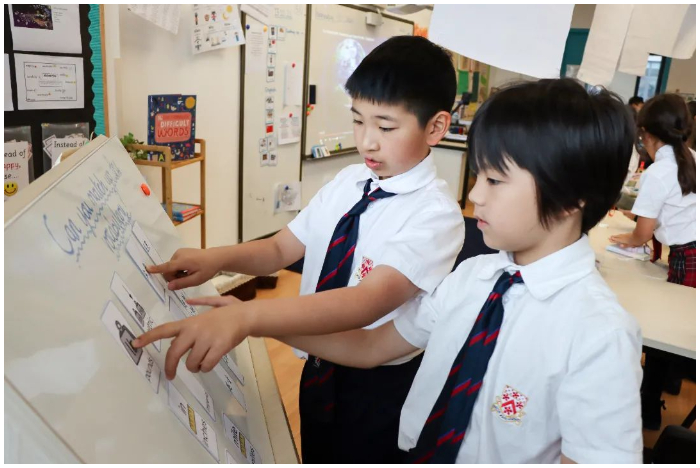
Dialogue
Having a conversation with someone, listening, and showing an interest to build a better understanding about something
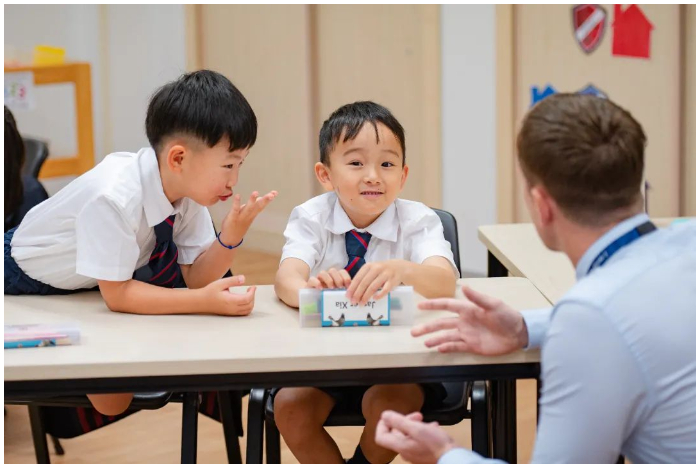
The use of purposeful dialogue in classrooms across the College enables students to explore complex ideas as well as extend and challenge students’ thinking. Through this process, students are able to retain and then mobilise this new knowledge, transferring it to a variety of new contexts. Through taking part in activities such as debates, discussions and being given opportunities to persuade, students are cognitively stretched and thus able to learn and retain more, making them more effective and curious learners.
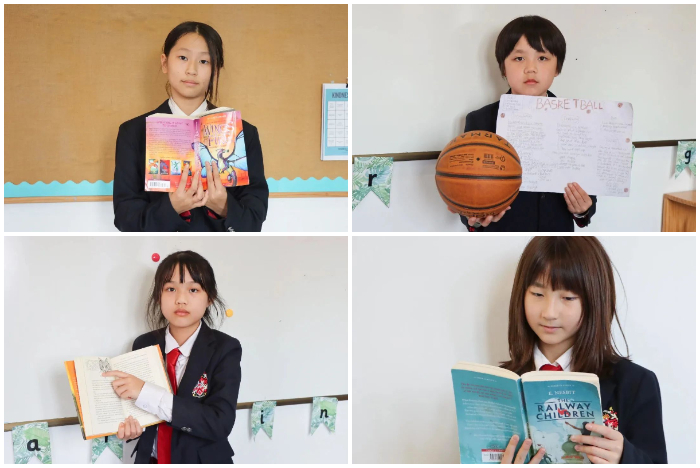
Why is Oracy so Effective?
————
If we think about the key skills that are needed to prepare our students for the jobs of the 21st Century, collaboration stands out as a priority. This is especially the case in our modern world, where the need to ‘think and work together on issues of critical concern has increased, shifting the emphasis from individual efforts to group work, from independence to community’ (Laal, Marjan & Laal, Mozhgan & Kermanshahi, Zhina, 2012: 1696). Indeed, with employers now rating oral communication skills as their highest priority for hiring new staff (Corporate Recruiters Survey Report, 2014), above even formal qualifications, the ability of our children to express their ideas coherently and well is more important than ever before. In fact, a recent report by the Sutton Trust showed that 97% of teachers, 94% of employers and 88% of young people believe that life skills such as confidence, motivation, resilience and communication are as or more important than academic achievements (Sutton Trust).

Not only that, but there are studies that show that oracy can significantly improve academic attainment, with research demonstrating that children with good communication skills are four times more likely to gain five A* to C grades at GCSE level (Better Communication Research Programme). Similar findings have also been demonstrated in academic subjects other than English; for example, there is a wealth of research that shows that high-quality spoken dialogue in primary classrooms can significantly improve educational attainment, not just in reading, writing and reasoning, but in Maths and Science as well (The Communication Trust). Oracy is important as it has a positive impact on not only on academic and cognitive outcomes, but on vital attributes such as self-esteem, wellbeing and even social mobility (Hanley, Slavin & Elliot, 2015). With such a strong wealth of evidence, the role of oracy in high-quality teaching and learning methods is clear and is the main reason why it is such an integral part of education here at Dulwich College Shanghai Puxi.

Taken from ‘The Oracy Benchmarks Report’, Voice 21
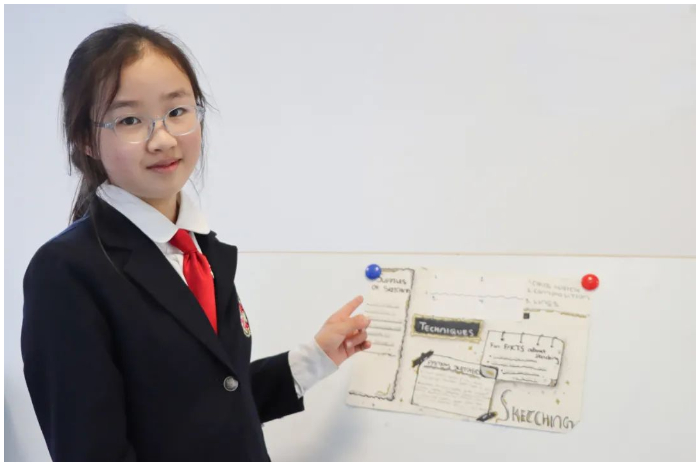
Our Track Record on Oracy
————
At Dulwich College Shanghai Puxi not only do we promote oracy through our curriculum, but we provide our students with opportunities to earn qualifications through our partnership with the English Speaking Board, an awarding body based in the United Kingdom. These examination opportunities provide our pupils with qualifications in Speech, designed to develop and assess the students’ speaking, reading, listening and responding skills. I was given the privilege of facilitating some of the assessments this year, and it was wonderful to hear our students speak so confidently and articulately, as well as respectfully listen and respond well to the presentations and performances of others. The strength of our programme is also evident in the following results, which were achieved in January, 2022.
For Years 2 – 6 (inclusive) the pupils received the following grades:
100% Good Pass or Above
99% Merit or Above
79% Merit + or Above
37% Distinction (the highest ESB accolade)
With, on average, 1 in 3 pupils achieving a Distinction grade, our ESB results are testament to our rigorous approach to oracy and strong oral communication.
This past week our students have been once again taking the English Speaking Board examinations, and we cannot wait to see their results.
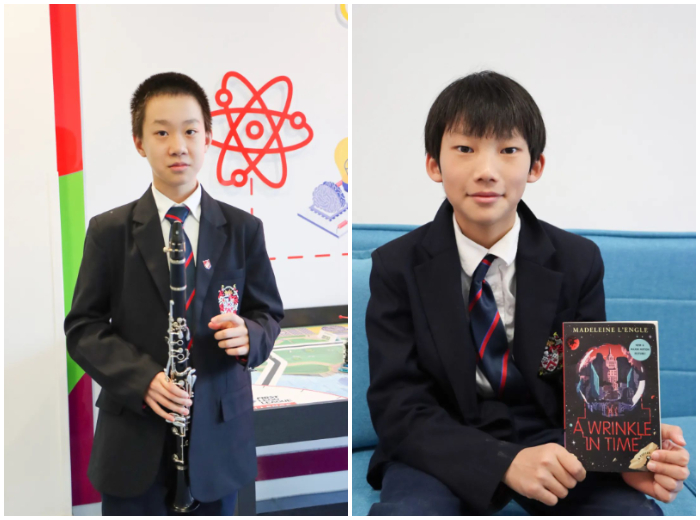
Top Tips for Promoting Oracy at Home
————
If you are interested in developing your child’s oracy skills in a fun and engaging way, here are some simple routines that you can incorporate into your daily life to boost your child’s literacy skills whilst enjoying yourselves too!
1. Engage in ‘back and forth conversation’
We talk to our children all the time – both directly and indirectly. ‘Sit here’, ‘Great job’, ‘Don’t do that!’ However, the secret to better oracy is to have back and forth conversations where you listen and respond to your child, encouraging them to respond to you in turn. In fact, in a recent study of children between the ages of 4 and 6, they found that differences in the number of "conversational turns" accounted for a large portion of the differences in brain physiology and language skills that they found among the children (Romeo et. al, 2018). In other words, engaging in regular two-way conversation with your children can help their brains to grow!
2. Read aloud to your child
Reading aloud to your child has many benefits; it combines the benefits of speaking, listening and story-telling within one activity, helping children build their vocabulary, learn to express their thoughts and also understand the structure of language and stories. It is also a lovely way to unwind with your child at the end of a long day!
3. Play word games
Games like 20 Questions and I spy are great ways to get your child involved in descriptive language guessing games, as well as thinking critically about what they are saying and listening well to others. If you are not sure how to play, simply follow the instructions below:
20 Questions
1. One person is ‘it’ so picks a person, place or thing while the other person/people are the guessers. For the person who is ‘it’, they must choose something that they know well enough to answer some basic questions on. For example, you could choose the Jinmao tower, or even the Sun!
2. The other person starts by asks ‘yes/no’ questions to try and guess what the person who is ‘it’ is thinking of. Try and start with fairly general opening questions to start with. For example: Is it a person? Is it a place? Is it an object? Is it real or fictional?
3. As the game continues, the guesser/s try and make their ‘yes/no’ questions more specific to narrow it down. For example: Is it in Shanghai? Is it famous? Is it very tall?
4. Play until you reach 20 questions or someone guesses the right answer.
I spy
1. Select the first ‘spy’ – this person selects the object and has to get the other player/s to guess what the object is based on a clue.
2. The ‘spy’ picks an object from their immediate surroundings that can be seen by all of the players. Remember not to say it out loud! Also, if you are in a moving vehicle, you will need to work quickly in case the object disappears before it is guessed!
3. The ‘spy’ gives the first hint. It needs to be information about the object that you want the guessers to guess. Good adjectives to use could be: ColourShapeMaterialSounds like ___ Try and pick hints that best suit the age of the child or children playing.
4. The ‘spy’ starts the game by saying, ‘I spy with my little eye, something the colour …’ finishing the clue with the colour that relates to the colour of the object.
5. The guesser/s begin guessing what the object is.
6. If the guesser/s do not guess correctly, after a few incorrect guesses the ‘spy’ should provide more clues, for example, ‘I spy with my little eye, something that is very small/outside the car/begins with s’
7. The ‘spy’ swaps to a new person once the object is identified, or the guesser/s give up!
References
Boyle, A. (2018) ‘Voice 21: executive summary’. Education Endowment Fund, London.
Department for Education (2012) ‘Better Communication Research Programme’ available at https://www.gov.uk/government/collections/better-communication-research-programme. [Accessed: 22 February, 2022].
Gaunt, A. & Stott, A. (2019) ‘Oracy Benchmarks Report, Voice 21’. Education Endowment Fund, London.
GMAC (2014) Corporate Recruiters Survey: Survey Report.
Hanley P P, Slavin R and Elliot L (2015) Thinking, Doing, Talking Science: Evaluation report and executive summary.
Johnson, M. (2014) Talking about a Generation: The Communication Trust. Available at https://ican.org.uk/i-cans-talking-point/professionals/tct-resources/ [Accessed February 22, 2022].
Laal, Marjan & Laal, Mozhgan & Kermanshahi, Zhina (2012) ‘21st Century Learning; Learning in collaboration. Procedia – Social and Behavioral Sciences, 47: 1696-1701.
Massachusetts Institute of Technology. (2018). ‘Back-and-forth exchanges boost children's brain response to language’. ScienceDaily. Available at www.sciencedaily.com/releases/2018/02/180214145833.htm [Accessed February 22, 2022].
Montacute, R., Holt-White, E. & Gent, A. (2021) ‘The University of Life: Employability and essential life skills at university’. The Sutton Trust.
https://www.esu.org/oracy/#:~:text=What%20are%20the%20benefits%20of,%2Dawareness%2C%20resilience%20and%20empathy. [Accessed: 22 February, 2022].
Wittgenstein, L. (1921) Tractatus Logico Philosophicus. Routledge and Kegan Paul, Oxford.





